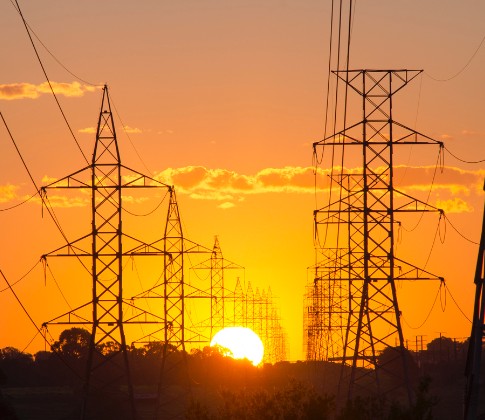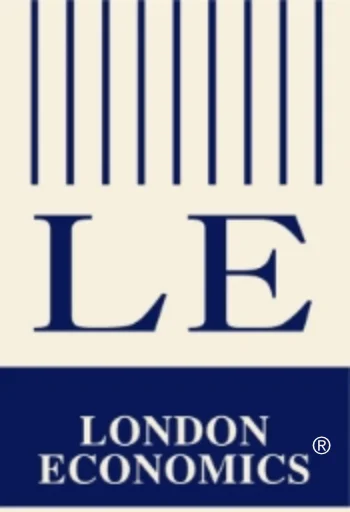Transmission and Distribution
Non-Wires Alternatives (NWAs)
An NWA, also known as a Non-Transmission Alternative (NTA) is a solution (or group of solutions) that addresses an identified need on the electric system that does not involve the construction of traditional transmission infrastructure. NWAs may include supply-side resources (e.g., conventional generation, distributed generation, and advanced technologies such as lithium-ion batteries and other energy storage technologies), demand-side resources (e.g. demand response and energy efficiency), or a combination of the two. More recently, the term “NWA” has been expanded to include smart grid distribution technologies that are designed to displace or delay investments in wires solutions (building transmission or distribution lines).
- What NWA can be proposed on behalf of a given transmission project?
- Are these NWAs feasible in the proposed context?
- What would be the associated direct costs to ratepayers?

In Massachusetts, LEI was engaged by Eversource and National Grid (collectively referred to as the “Utilities”) to conduct an NTA analysis for the Merrimack Valley Reliability Project (MVRP) project. The MVRP was one of the three components of the larger transmission solution known as the “AC Solution,” proposed by the Utilities to address identified reliability needs in the Boston metropolitan area and surrounding suburbs. LEI deployed its integrated NTA analysis to evaluate the viability and suitability of a suite of supply-side and demand-side resources for replacing the proposed transmission project at all locations of concern. Further under this engagement, LEI experts delivered written and oral testimonies on the analysis conducted before the MA Energy Facilities Siting Board (EFSB). DPU 15-44/45.
Similar engagements have been carried out for numerous transmission projects across New England.
Transmission Planning

Valuing Transmission:
Transmission Tariff Design:


Procurement Process and Contract Design:
- Identification of potential customers
- Outreach to potential customers
- Review of draft legal documents such as the FERC Application to Sell Transmission Rights at Negotiated Rates, Non-Disclosure Agreement, Precedent Agreement, Transmission Service Agreement, etc.
- Design of process documents such as Information Memorandum, FAQ document, or Expression of Interest form
- Design and administration of website
- Administration of communications with Interested Parties, including organization of in-person or virtual Information Sessions
- Transmission customer selection criteria and process
- Preparation of a report for FERC documenting the process and outcomes
